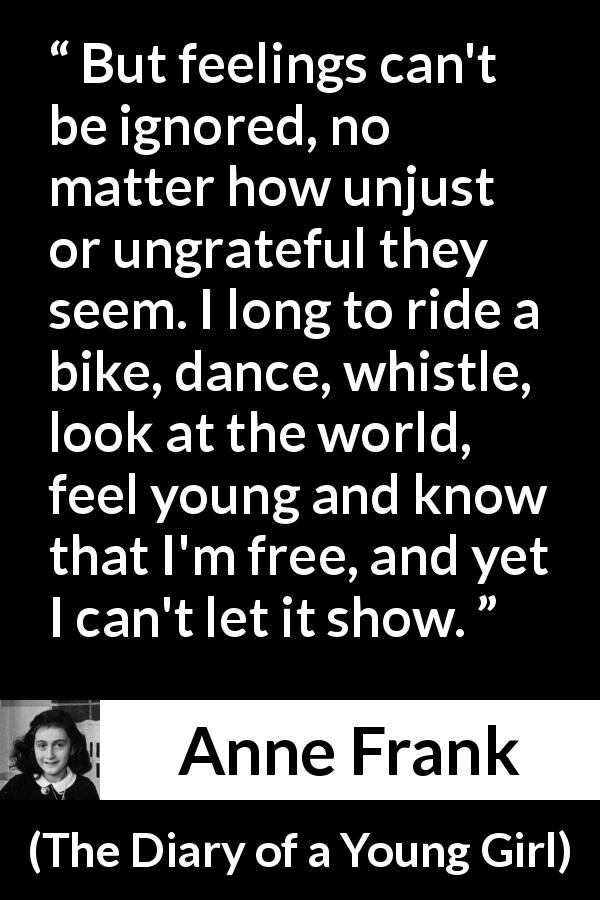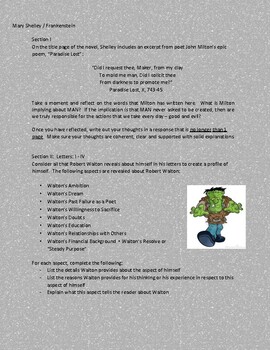
The social analysis of the survival of the oppressed writings comes from "Strange Things, Gross Terms, Curious Customs". : Stephen Mullaney provides insight into the reason that Mary Wroth's work survived by stating, "What comes to reside in a wonder-cabinet are, in the most reified sense of the phrase, strange things: tokens of alien cultures, reduced to the status of sheer objects, stripped of cultural and human contexts in a way that makes them eminently capable of surviving the period that thus produced them".
#Yet there is hope mary wroth analysis free#
The idea of free choice for women would be classified as a protofeminist thought because they were grossly oppressed and not allowed to think for themselves. However, her desires are unclear on this matter because she says, "behold I yield", (5) as if a declaration of her choice to the relations with Amphilanthus. Voicing her situation, Pamphilia feels subjected to male dominance.

The influence is exemplified in line 6, "I am thy subject, conquered, bound to stand". The power of the patriarchal society on her views is evident. The seventh sonnet, from the only extant Pamphilia manuscript in Wroth's own hand. Sonnet 7 is Pamphilia's expression of her own thoughts, emotions and views.

Andrea states, "She may write, but only from the limits of her own room she may preserve her writing, but only within the confines of her own mind". One of the main aspects that Andrea approaches is the limits that the historical context put on the author's freedom of speech. Bernadette Andrea's "Pamphilia's Cabinet: Gendered Authorship and Empire in Lady Mary Wroth's Urania" addresses the reasons why a female character would confront the reality of choosing between coercion and consent. The sonnet introduces female struggle between coercion and consent to a male lover.

The seventh sonnet in Pamphilia to Amphilanthus supports Wroth's overarching themes of a woman's struggle in 17th century English society. The final eight sonnets in the sequence comprise the fourth section, in which Pamphilia returns to a darker, melancholy tone, but understands that her suffering is necessary in order to understand the inner world of human emotion. The crown's fourteen sonnets form the sequence's third section.
#Yet there is hope mary wroth analysis series#
After a series of songs, the next section, of ten poems, takes on a darker tone as Pamphilia confronts doubt and jealously, but the end of the sequence finds her seeking forgiveness from Cupid, the god of love, to whom she promises a crown of sonnets as penance for her doubt. In the first, fifty-five-poem section, Pamphilia determines her true feelings about her unfaithful lover, toward whom she is ambivalent throughout this section, though she affirms her choice to love Amphilanthus by its end. The sonnet sequence is organized in four sections. Dramatic differences between versions consist of changes to punctuation in the 1621 version from that which appears in the manuscript these changes were probably completed by Urania's printer Augustine Matthews. Five sonnets and one song in the Folger manuscript were not printed in the 1621 volume, while the fourth sonnet in the published sequence does not appear in the manuscript. The holograph manuscript is the most comprehensive collection of the sequence. Three sonnets appear in the manuscript continuation of Urania. Nineteen sonnets are spread throughout the prose of the 1621 Urania, and eighty-three are printed in sequence at the back of the same volume. Parts of the sequence appear in four versions: in the 1621 The Countess of Montgomeries Urania, the manuscript continuation of Urania, and Wroth's holograph manuscript held at the Folger Shakespeare Library.

Wroth began writing sonnets for the sequence as early as 1613, when the poet Josuah Sylvester referred to her poetry in his Lachrimae Lachrimarum.


 0 kommentar(er)
0 kommentar(er)
